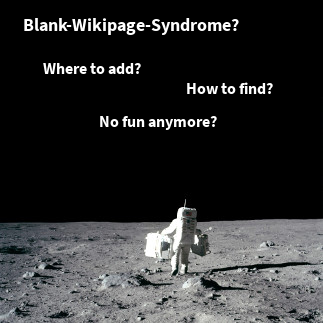This is a small example that shows how the same message bean implementation is used in a logging and in an exception handling context.
This post is part of a series of articles that provide information about smartics Exceptions, an exception library for Java.
For a short introduction to smartics Exceptions please refer to our blog post What is smartics-exceptions all about?.
Quick and Dirty
Here is a code sippet that creates an instance of a service via Java’s ServiceLoader:
public final T create() throws ResourceException {
final Iterator<T> iterator = ServiceLoader.load(type).iterator();
final StringBuilder buffer = new StringBuilder(64);
T instance = null;
while (iterator.hasNext()) {
try {
if (instance != null) {
final String implementation =
iterator.next().getClass().getName();
buffer
.append("\nDuplicated implementation rejected: ")
.append(implementation);
continue;
}
instance = iterator.next();
}
catch (final ServiceConfigurationError e) {
buffer
.append("\nError encountered: ")
.append(e.getMessage());
}
}
if (buffer.length() > 0) {
LOG.warn(
"Problems encountered while fetching implementations of '"
+ type.getName() + "':" + buffer);
}
if (instance == null) {
throw new ResourceException(
"Cannot create instance of implementation of '"
+ type.getName() + "'.");
}
return instance;
}
The implementation is straight forward: text messages are coded as string literals for logging (LOG.warn(...)) and providing information about an exception context (throw new ResourceException(...)). To move these text messages to resource bundles, smartics Exceptions can help.
Using smartics-exceptions
The code using smartics-exceptions is like this:
public final T create() throws ResourceException {
final Iterator<T> iterator = ServiceLoader.load(type).iterator();
final TypeProblemMessageBean.Builder builder =
new TypeProblemMessageBean.Builder().with(type);
T instance = null;
while (iterator.hasNext()) {
try {
if (instance != null) {
final String implementation =
iterator.next().getClass().getName();
builder.withDuplicate(implementation);
continue;
}
instance = iterator.next();
}
catch (final ServiceConfigurationError e) {
builder.withError(e.getMessage());
}
}
if (builder.hasReportedProblems()) {
LOG.warn(builder.toMessage());
}
if (instance == null) {
throw new ResourceException(new TypeProblemMessageBean(type));
}
return instance;
}
As you can see the code uses a message bean implementation to collect information about a logging event. The same implementation is used to provide information to a raised exception.
Moving the texts out of the code requires some more work than shown in the above snippet. You have to write a message bean implementation (in this case even with a builder that replaces the string buffer from the quick and dirty example) and add the resource bundle. Please refer to Message-based I18N exceptions for details on this.







